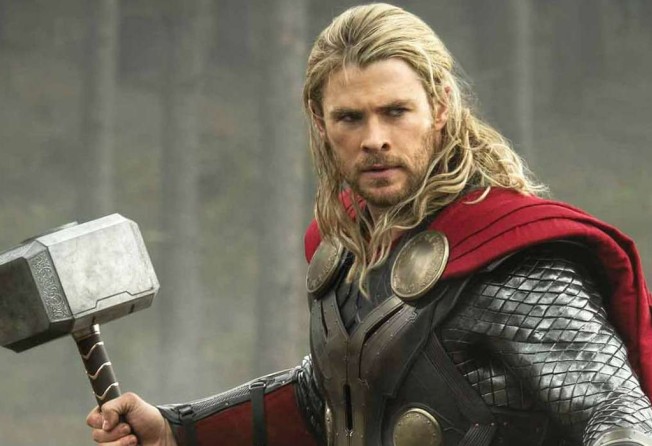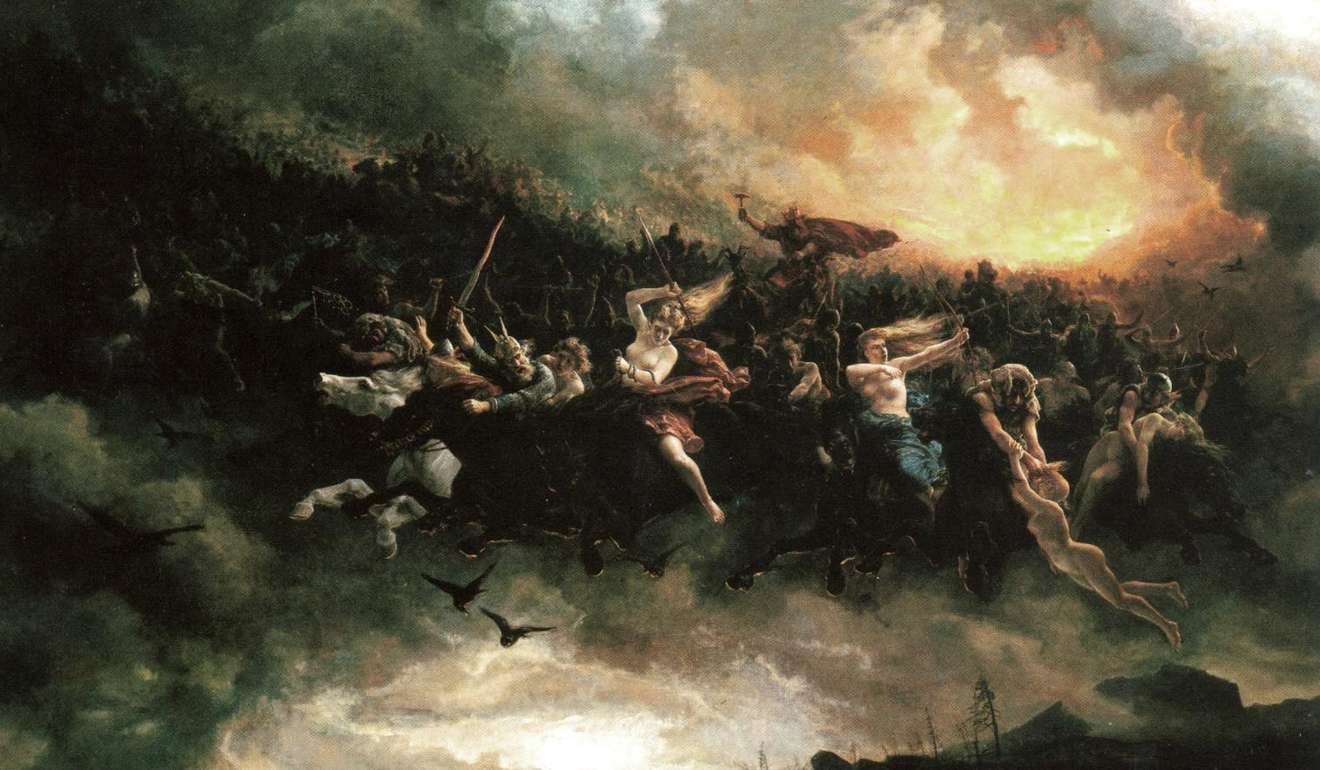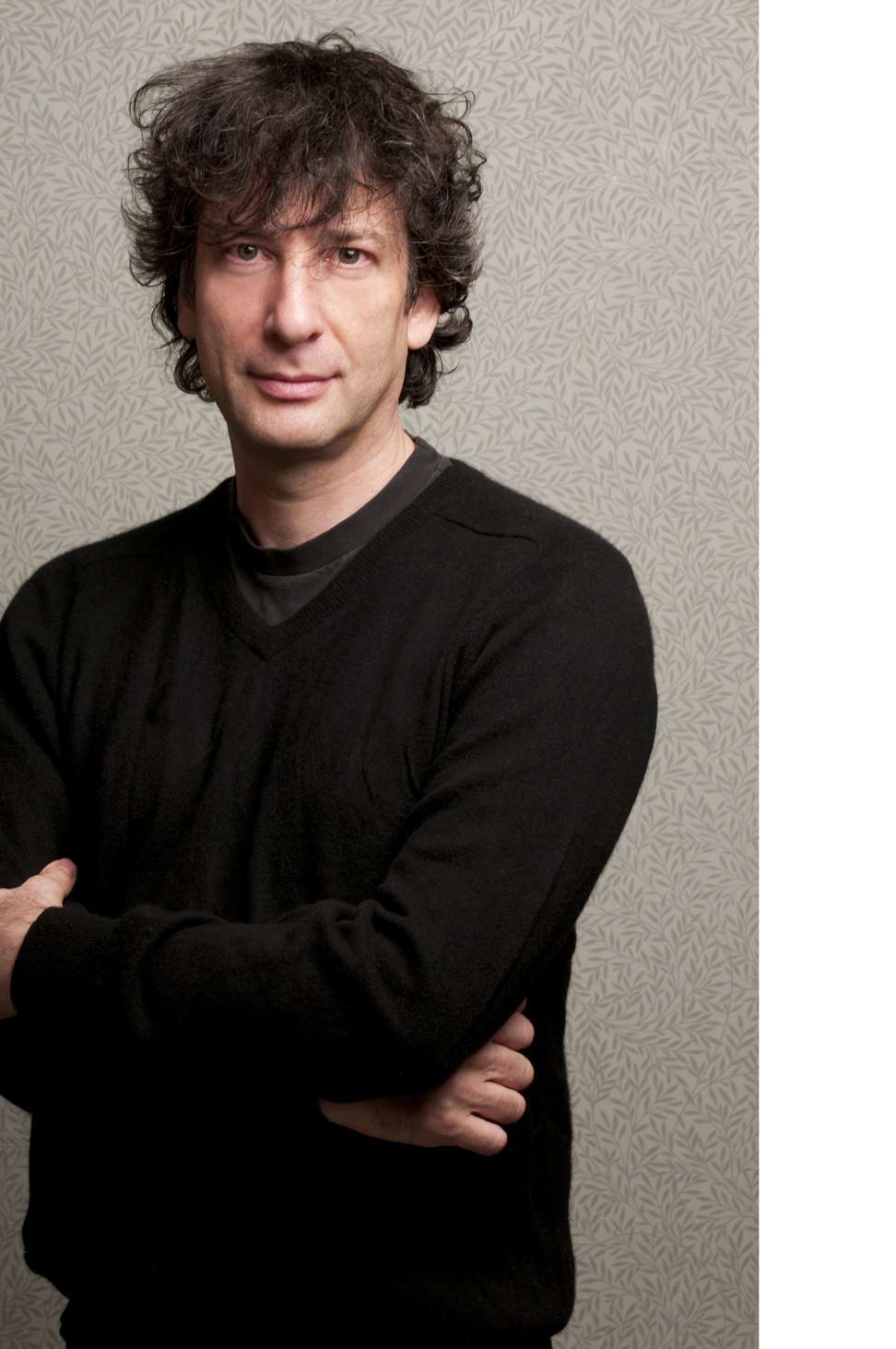
Book review: Norse Mythology – Neil Gaiman’s retells story of ‘tragic heroes, tragic villains’
Learn how Odin gave up his eye to gain wisdom, how Thor got his hammer, how a shape-shifting Loki got amorous with a horse, and where bad poetry comes from in this retelling of Norse sagas


Norse Mythology
by Neil Gaiman
W. W. Norton & Co
4 stars
Neil Gaiman has written about Thor, Loki and Odin a lot. They all showed up briefly as background characters in his comics masterpiece Sandman and in his children’s book Odd and the Frost Giants. Later they became the main characters in his award-winning novel American Gods, where by the 20th century they and the other old gods from around the world had been reduced to small-time hustlers and con men.
And now, still fascinated, he’s gone all the way back to the beginning in his original retelling of the old sagas in Norse Mythology.
Gaiman fell in love with the characters after reading The Mighty Thor comics as a kid, and certainly that version of the god of thunder – Chris Hemsworth striding across a movie screen, swinging his mighty hammer Mjolnir, taking his shirt off and speaking in ancient-ish English – is the one most people think of now. Especially the shirtless part.
But the young Gaiman wanted to learn more and he quickly found that the blond, noble hero of the comics was originally red-bearded, married with kids, not too bright, much more violent, and a lot more fun to read about. The tales of Thor, his family and his people have influenced him ever since.
We love epic stories. From The Lord of the Rings to Game of Thrones, we treasure tales of love and blood and revenge and heroism, and nowhere are all those to be found more readily than in the stories of the one-eyed god Odin the Allfather, his more-muscles-than-brains son Thor, and his blood brother, the trickster god Loki, because the Norse were a commonsense people who assumed their gods would be just as petty or vindictive as anyone else, just on a much larger scale.

Gaiman, an author who writes fantasy/horror/comedy/poetry/songs/kid’s books/comics/whatever he feels like, went back to Snorri Sturluson’s Prose Edda from about 1220, using several different translations and filling in details from poems and other sources, to retell 15 of the most famous Norse stories in a narrative arc that depicts a journey “from the ice and the fire in which the universe begins, to the fire and the ice that end the world”, as he says in the introduction.
The book starts slowly, as Gaiman builds the world for us by telling us how Odin and his brothers built the world. But it picks up quickly when Thor threatens to break every bone in Loki’s body because someone cut off all of Thor’s wife’s hair while she slept.
“‘And if her hair does not grow properly, I will come back and break every bone in your body again. And again. If I do it every day, I’ll soon get really good at it,’ he carried on, sounding slightly more cheerful.”
Loki’s excuse? “It was funny. I was drunk.”
Much like Gaiman portrayed them in their brief Sandman appearances, here Thor is less the hero and more the slightly slow, easily tricked, red-bearded brawler. Loki is the murderous trickster, meddlesome for the sake of it and constantly spinning lies to get out of and back into trouble. Odin, as always, is wise and powerful and never to be trusted. They are immortal, and powerful, and pettier than any Real Housewives show.
They are also doomed, with the spectre of Ragnarok, the end of the world when all gods die, looming over them. Every story leads closer to the end and knowing that makes the gods, as Gaiman says, “tragic heroes, tragic villains”.
Meanwhile, you’ll see how Odin gave up his eye to gain wisdom, how Thor got his hammer, and where bad poetry comes from. You’ll see treachery and practical jokes and casual cruelty and noble acts and violent fights and some really inventive lying and the goddess Freya’s hand offered in marriage any number of times to get someone out of trouble and Loki, in a scheme involving shape-shifting, getting amorous with a horse.

Gaiman tells these stories as a storyteller would, as if around a fire, leading his eager listeners from tale to tale. You should consider the audiobook version of Norse Mythology for just that reason since Gaiman reads his work very well and it’s a good way to find out how to pronounce “Yggdrasil”.
And you’ll see, with Gaiman’s gentle way of telling you the most delightfully horrible stories, how compelling and magical the Norse tales still are.